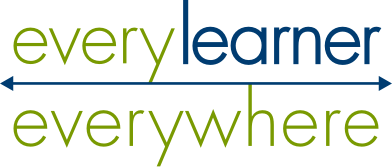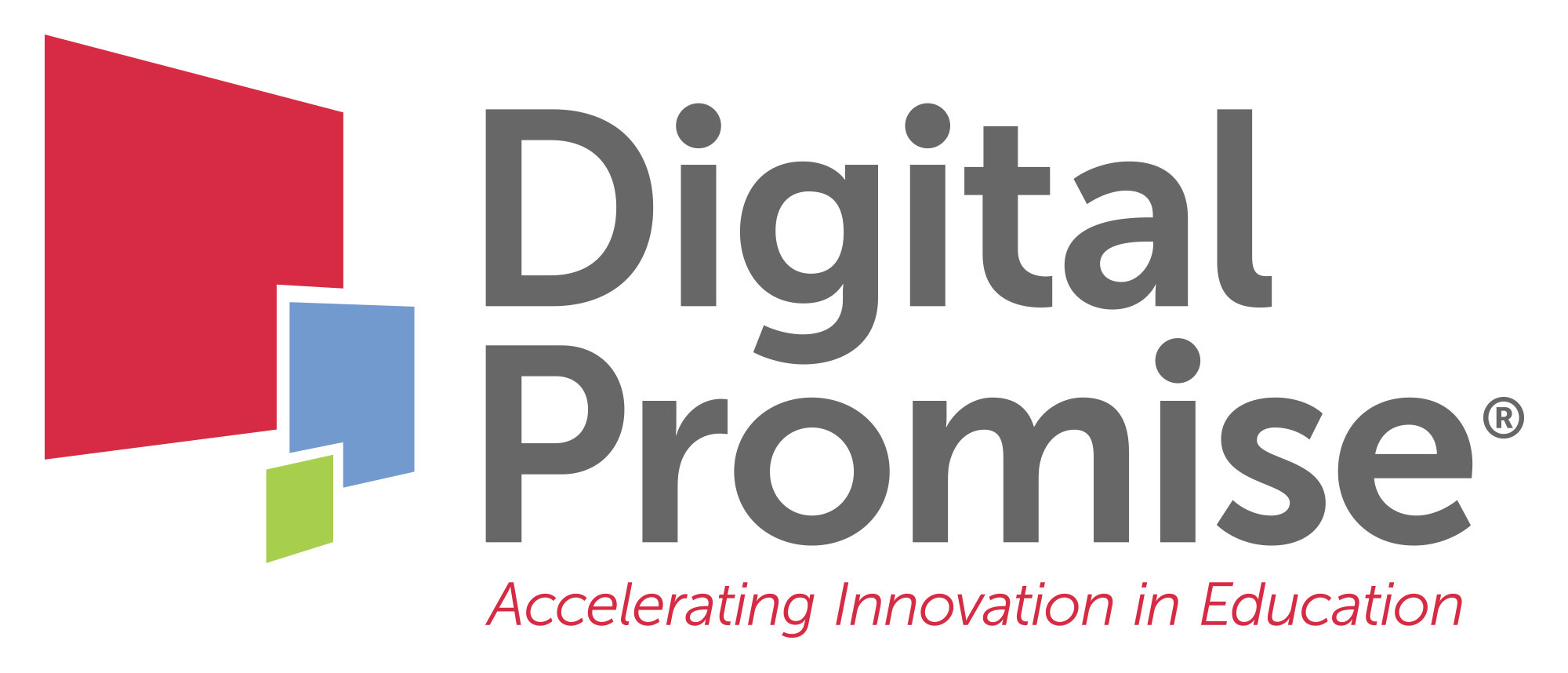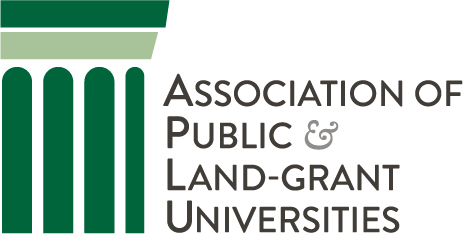Over 600 students take the Introduction to Communication classes at New Mexico State University (NMSU), so Dr. Gabriela Morales, Assistant Professor of Communication Studies, knew teaching assistants were going to be essential as the department redesigned the course to improve learning outcomes and student retention.
Like in many gateway courses, Introduction to Communication professors lead weekly lectures, but teaching assistants meet with the students in small-group labs and build relationships with them. Morales and her colleagues wanted the teaching assistants to be a part of creating lab environments where students saw themselves reflected in the curriculum and felt safe sharing their experiences.
Improving a large gateway course like Intro to Communication is particularly important to NMSU because its student population is 57.7 percent Latino, many first-generation college students. Its retention rate of first-time students in 2020 was 75 percent, nearly 10 points lower than its peer institutions. Gateway courses can have a critical impact on those rates.
In an effort to improve its ability to reach and retain students, faculty in NMSU’s Communication Studies Department participated in the Equity and Digital Learning Research Practice Partnership (RPP) led by Digital Promise. The RPP sought to address the equity gap that exists in many high-enrollment introductory courses and was designed to move from abstract high-level discussions of desirable teaching practices to specific practices that instructional designers and faculty can implement.
The RPP was created in collaboration with the Association of Public and Land-grant Universities and Achieving the Dream, with support from Every Learner Everywhere. It supported institutions applying equity principles while using digital learning technologies to redesign gateway courses. The 18-month program provided institutions like NMSU summer stipends to support faculty working on the redesign, technical assistance from the partner organizations, an institutional honorarium, and original student surveys.
Other members of the RPP cohort included Jackson State University, Borough of Manhattan Community College, University of Maryland Baltimore County, and Harper College. Each school agreed to commit to a strategy to close gaps in the DFWI rates in at least one gateway course.
Morales led NMSU’s RPP project team along with her Department of Communication Studies colleagues Dr. Greg Armfield, Dr. Jeanne Flora, and Dae Romero. Together they undertook a complete redesign of the school’s Introduction to Communication course to center equity, increase digital literacy, and build awareness of intersectionality.
A redesigned syllabus
Morales and her colleagues began working on their project in the spring of 2021, first analyzing the results of a student survey about Intro to Communication. Based on that learning, they revised the syllabus to take into account the different needs and strengths of their students, and implemented several changes over the following two semesters:
- They included statements outlining not only what faculty expected from their students but what their students could expect of faculty.
- They looked at how they identified themselves to the students, asked the students how they wanted to be identified, and examined real-world examples of the language they used.
- They built into their labs the opportunity for students to use their laptops and learn how to conduct research.
- They revised one speech assignment to be delivered through videoconference platforms to learn the importance of that emerging medium.
- They revised another assignment to allow students the option of writing a paper or producing a podcast instead so they would have an opportunity to practice digital communication skills.
Korah Wiley, Learning Sciences Researcher at Digital Promise and one of the team managing the RPP, says, “The way NMSU redesigned their course to highlight how intersectionality shapes our lives and our communication with others was truly inspiring. Rather than discussing this concept with academic distance, they used their own identities and lived experiences as a case of study.”
Related reading — Using Digital Multimodal Composition to Achieve Greater Equity in the Classroom
The role of teaching assistants in the course redesign
Perhaps most importantly, to ensure alignment between lectures and labs with their new goals and practices, the RPP team at NMSU wrote a new manual for the teaching assistants and designed new training with them.
Teaching assistants are the people implementing the RPP team’s vision, Morales says, and they were deeply engaged;, asking questions, challenging assumptions, and seeking to improve their own pedagogy.
“The teaching assistants truly provided us the opportunity to keep this going,” she says. “Professors see our students once a week on Wednesdays. Teaching assistants get more one-on-one interaction. They build a rapport. I don’t think we would have been able to take this redesign anywhere if it weren’t for their support.”
One example of the impact of teaching assistants, says Morales, was seeing that her students felt the labs were a safe space to talk about what they heard in the lecture. Specifically, the labs were where they held the conversations about intersectionality and culture that she and Romero were encouraging.
This realization came from end-of-semester evaluations. For the most part, Morales says, the students had positive reactions to the changes for the redesigned Introduction to Communication course.
“They enjoyed the fact that they had options to explore, that it wasn’t just a fixed paper,” she says. “Some students were also very happy that we brought up intersectionality, we brought up identity, we were bringing up all these aspects that they’ve heard somewhere but didn’t really have a chance to dive into.”
Morales says students also appreciated that they saw themselves in their professors. For example, she identifies as a woman of color, and Romero is non-binary and identifies as a person of color. Both were first-generation college students, and both brought their own personal experiences not only to designing the course but also in teaching it.
Wiley at Digital Promise says the RPP also observed this. “The courageous teaching of the faculty and TAs at NMSU was simultaneously encouraging and challenging for students,” she says. “It invited them to look at the familiar, including themselves, with fresh eyes. This is the type of learning experience that makes a lasting impact in the lives of students.”
Next steps
The RPP team at NMSU plans to keep examining the changes to the course so far and considering other ways to improve it. They are introducing two surveys in the fall 2022 semester, one at the midway point so that the team can adjust as needed, and one at the end of the semester once students have engaged with the content and can reflect on it.
Morales says she also looks forward to sharing what she and her colleagues have learned with the NMSU teaching academy and at conferences in communication studies. “We’ve been provided an opportunity to grow not just as professionals but as people,” she says.
Download Strategies for Implementing Digital Learning Infrastructure to Support Equitable Outcomes




